How to Call an Airplane to be a Jet Plane? Understanding Jet Propulsion and Its Technological Innovations
How can you determine whether an airplane you saw was a jet plane? In our childhood and maybe until now when we hear the word "jet" the thing that comes to our mind are the fighter jets like of the air force or aircrafts we see afar that lines up to the sky, not the typical commercial aircrafts that we ride during our travels. But did you know that almost all the airplanes you see at most national airports are jets?
The clue is on its engines. If you try to read this article then you will also learn how to differentiate the aircraft capabilities by familiarizing their different types of engines, then you'll further know the answer.
Where does the word "jet" came from?
It just simply means that these are the type of aircraft which are propelled or powered by jet engines.
Many old model airplanes are powered by a propeller which are installed to its mechanical power source such as the multiple piston engines as we commonly see these on cars, boats, motorcycles and other vehicles. Those engines when used in the sky won't reach very high altitude and speed won't go above 480 mph and if it does exceed the limit, the drag force will increase and will cause the aircraft to some mechanical difficulties ex: turbulence and is not fuel-efficient. And so the jet propulsion came to the mind of the humans.
Jet propulsion is a source of great power used by aircraft and other vehicles. In nature, the squid draws water into its body then rapidly forces out to propel itself.
Thrust
Thrust is the propulsive forward force of a jet or rocket engine. A simple example is stepping from a boat into a dock. The forward motion of your body is the action. The boat's movement away from the dock is the reaction. The reaction force is commonly called thrust.
Newton's Third Law of Motion
Sir Isaac Newton's third law of motion, set forth in 1687, explains the movement of both the squid and the jet engine. This law states that for every action force there must be an equal but opposite reaction.
Jet engines require huge amounts of air to operate efficiently.
The first jet propulsion device
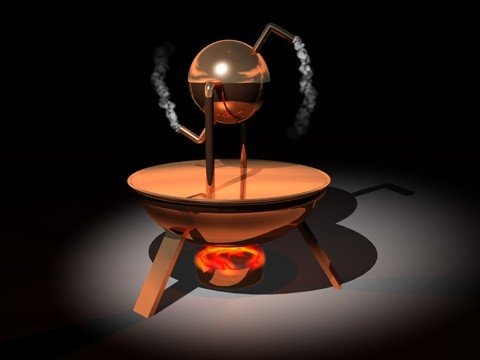
img source
Hero's Aeolipile was built about 2,000 years ago. It consisted of a hollow sphere mounted on an axle with "L"-shaped nozzles attached. When it was heated, steam escaped through the nozzles, causing the sphere to rotate.
Different Types of Jet Propulsion Engines
Ramjet
The simplest form of an aircraft jet engine is a ram jet. It is a specially shaped tube with no moving parts in which the ram air is slightly compressed. A kerosene fuel is added and the reaction of the burning gases results in forward thrust. This propulsion system also used for missiles as it's similar to rockets. Then it was applied to an aircraft and was first tested in 1933 and by the Soviet Union and was eventually adapted by the Germans.
This is the ramjet's concept

img source
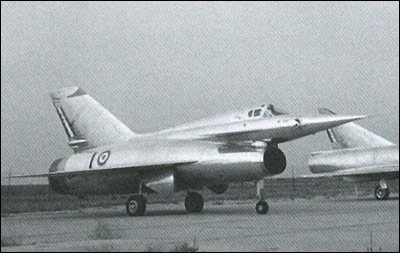
img source
The disadvantages of this engine and a similar type, the pulse jet, is that they must be accelerated to several hundred miles per hour by some other power source before they can be started.
Pulse Jet
This is the pulse jet's concept
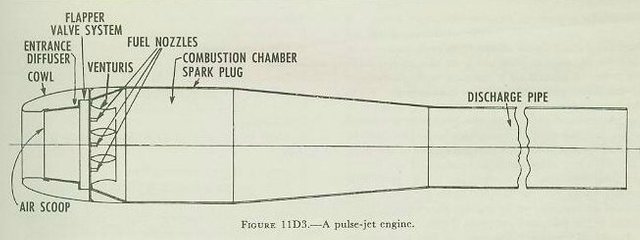
img source
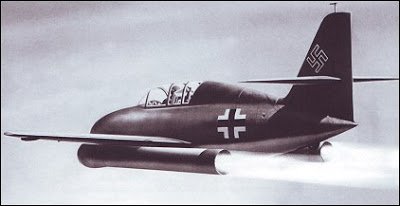
img source
Gas turbine Engines
The gas turbine engines has become the more practical approach to jet propulsion. These engines have four basic stages: the intake, compression, combustion , turbine or exhaust section. Air is initially sucked into the engine by the rotation of the compressor blades, which act like a series of large fans.This air is compressed to as much as twelve times its normal free atmospheric pressure before it is forced into the combustion chambers.
Fuel is sprayed into the dense air and the burning gases expand rapidly toward the open exhaust tail pipe, developing thrust. A turbine wheel is placed in the exhaust stream to absorb some of the energy to power the compressor. The turbine has blades or buckets which act like a windmill to turn the turbine shaft with the compressor attached at high speeds.
A centrifugal flow compressor was used by early jet engines. Air was taken in at the center of a single impeller wheel and thrown to the edge of centrifugal force. This action compressed the air and forced it into the combustion chambers.
Almost all modern jet engines use an axial flow compressor which has a series of compressor wheels rotating between rows of fixed blades called stators. The air flow is parallel to the central shaft of the engine.
The power or thrust of a jet engine is measured in pounds rather than a horsepower, which is used to rate the performance of a piston engine like of cars and other vehicles. The thrust of a jet varies with its speed through the air and the resultant ram air effect. An after-burner section is sometimes added to the rear of a turbojet engine to provide for additional thrust for short periods. It is simply an extra long tail pipe in which additional fuel can be sprayed to take advantage of the unused oxygen in the exhaust stream. The afterburner is commonly used on military aircraft for takeoff power and bursts of speed.
The 4 Types of Gas Turbine Engines
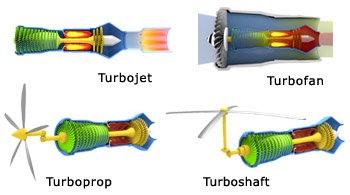
img source
1. Turbojet

img source
Turbojet is an air-breathing jet engine, It provides thrust from the accelerated exhaust gases. Which means it's very efficient at high speeds as it goes towards the ram air. Compressing air, igniting the fuel-air mixture, producing power to self-sustain the engine operation, and exhaust is basically it's propulsion system. But turbojets aren't that used nowadays for commercial transport because of the disadvantages of low efficiency at slow speeds.
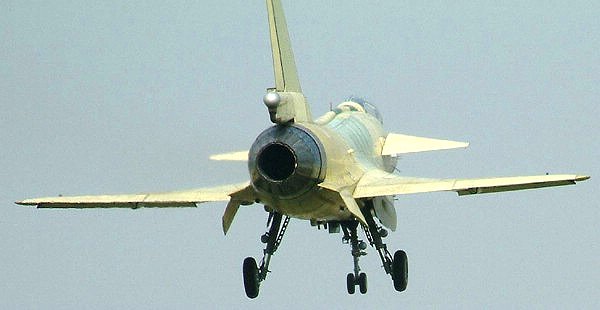
img source
2. Turboprop

img source
When a propeller is added to a turbojet engine, it is called turboprop. A specially designed turbine wheel absorbs the maximum energy from the exhaust gases to drive the propeller, in addition to the compressor and engine accessories. In this engine, the propeller provides the main propulsive force with only about ten percent of the thrust coming from the jet action. It is widely used by commercial aircrafts decades ago before these efficient "turbofan* engines that can power a large commercial aircraft came to our technology.
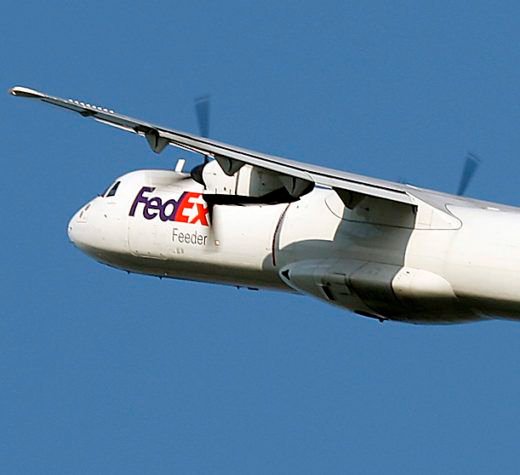
img source
3. Turbofan

img source
Another variation of the turbojet is the more advanced turbofan engine. A large ducted fan is added to the front or rear of the basic engine and is connected to an additional turbine placed in the main exhaust system. The fan accelerates large quantities of cold air, which bypasses the main engine to gain as much as a thirty-five percent increase in thrust. This also permits a decrease in fuel consumption.
Most of the large commercial aircrafts nowadays are powered by turbofan engines and it's the most common used by the majority of airplanes you see at the national airports.
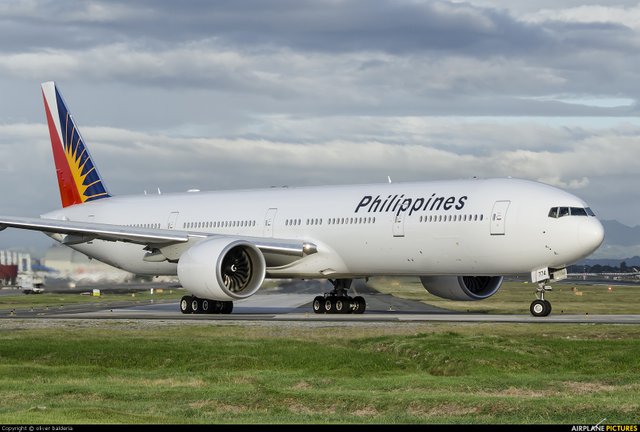
img source
Mainly this type of gas turbine engine is the most efficient from slow to supersonic speeds. It is commonly used for the modern faster-than-sound stealth jets like the
Northrop Grumman B-2 Spirit, Lockheed Martin's F-117 Nighthawk and the late F-22 Raptor that runs a modern afterburning Pratt & Whitney F119's turbofan engines that made it a stealth air superior fighter.
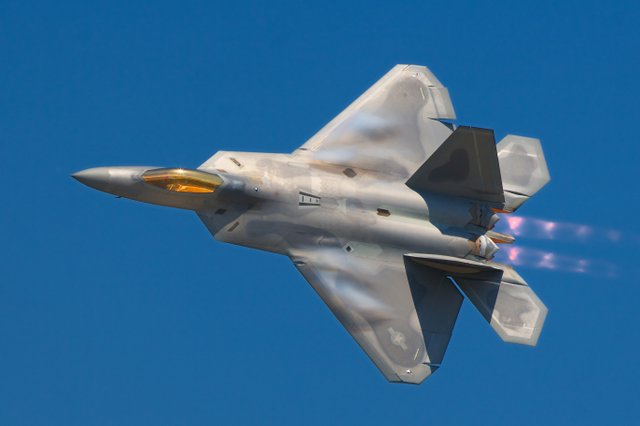
img source
4. Turboshaft
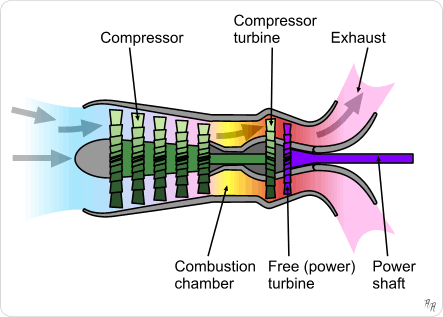
img source
Turboshaft engine delivers power to a shaft that drives something other than a propeller EX: A Helicopter's rotor. The biggest difference between a turbojet and turboshaft engine is that on a turboshaft engine, most of the energy produced by the expanding gases is used to drive a turbine rather than produce thrust. Many helicopters use a turboshaft gas turbine engine nowadays as opposed to the piston-type engine helicopters because they are lightweight and more fuel-efficient.
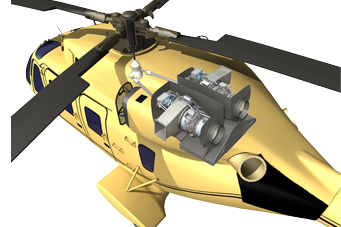
img source
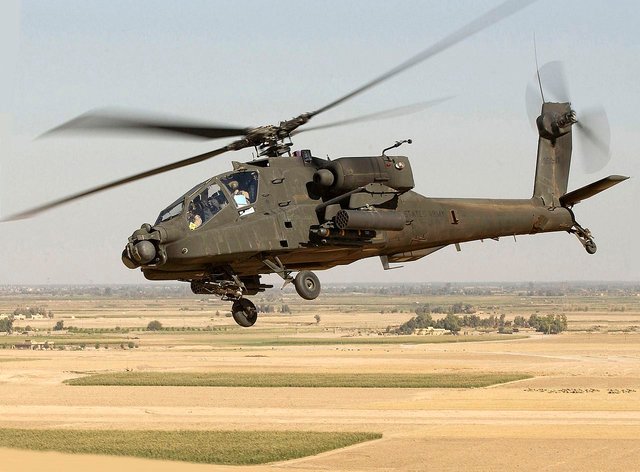
img source
Most of the large commercial aircrafts uses turboshaft engine as an APU (Auxilliary power unit).
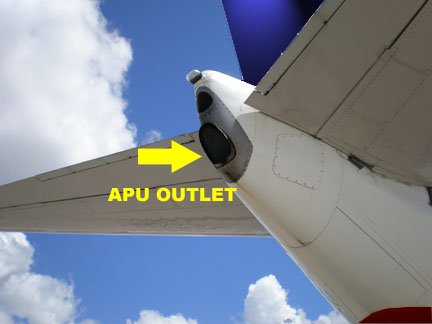
img source
And so as we summarize, it basically means that...
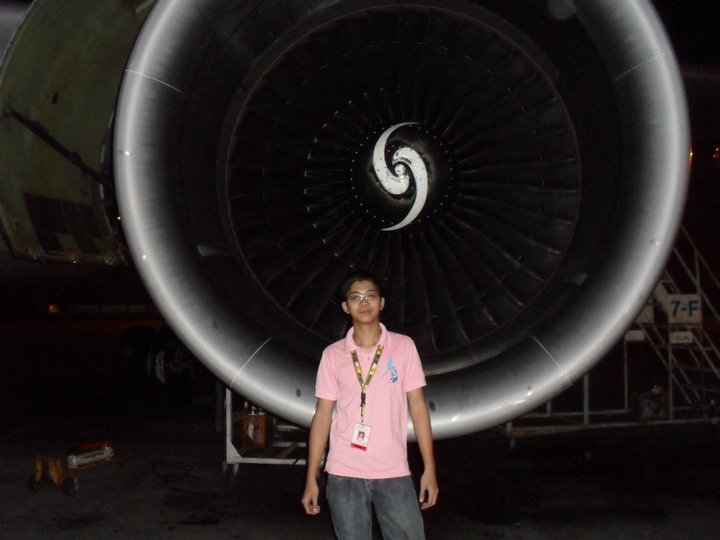
Behind me is an Airbus A330 turbofan Cf6-80 engine made by General Electric.
Follow me for more of my posts and my future blogs.
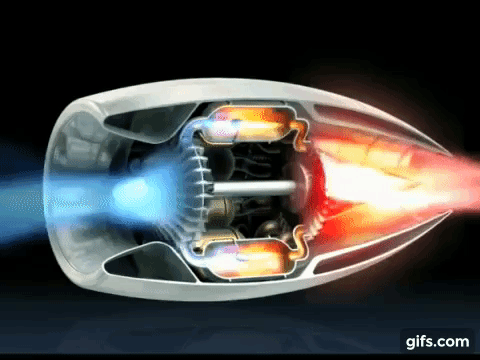
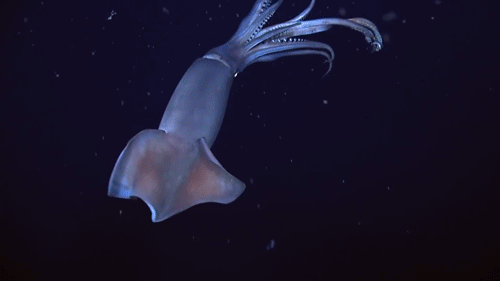
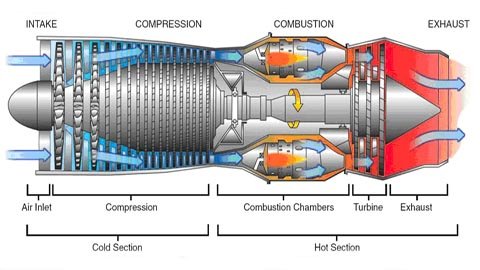
Interesting fact, I bit wonder how a ram jet burn fuel once it leave the earth's atmosphere
yeah coz it's an air breathing engine, chemists found a way to fuse hydrogen and the likes above atmosphere to make operational. I also read about a use of nuclear reactor before instead of combustion to power those ramjets above atmosphere. ramjets also innovate
The jet of the future where war escalate between stars.
I hope so the war be on space
I saw your post in my facebook group Seemit Community. I have decided to upvote it for its quality. Thanks for sharing! Good post, very interesting!
Good post, learned new on this. :)
Thank you for effort! This is how it works. You manage to educate and hone your learning in the process
Fact :-)
Congratulations @olivercuico! You have completed some achievement on Steemit and have been rewarded with new badge(s) :
Click on any badge to view your own Board of Honor on SteemitBoard.
For more information about SteemitBoard, click here
If you no longer want to receive notifications, reply to this comment with the word
STOPimpressive details @olivercuico!
Great explanation. Are you engineer by profession?